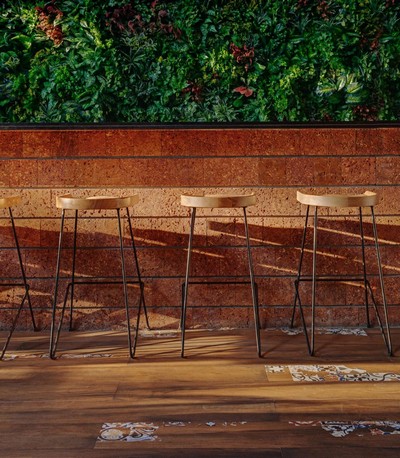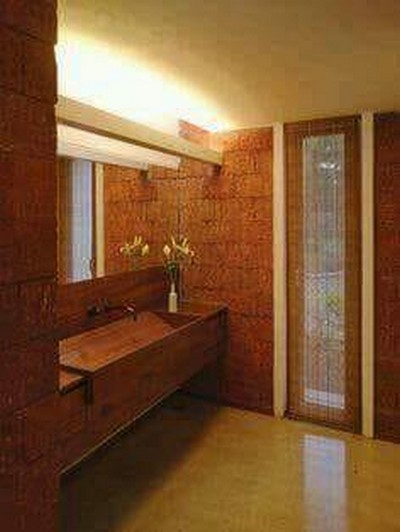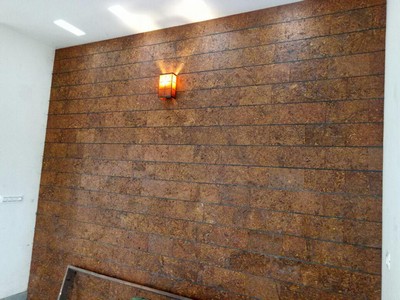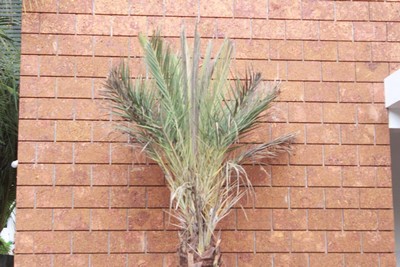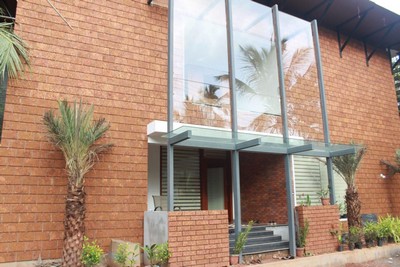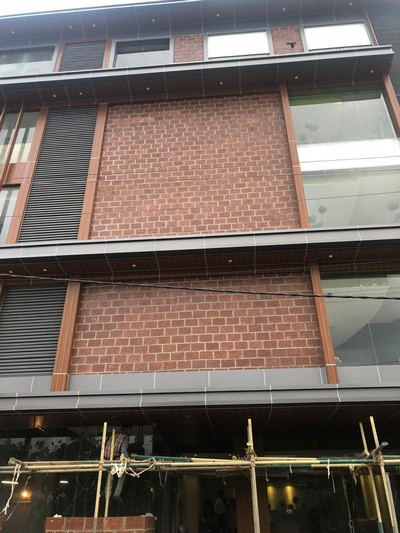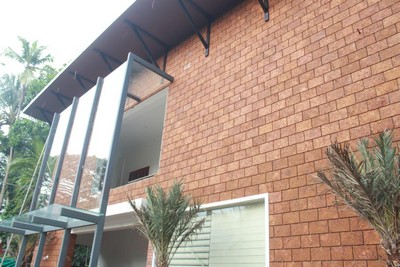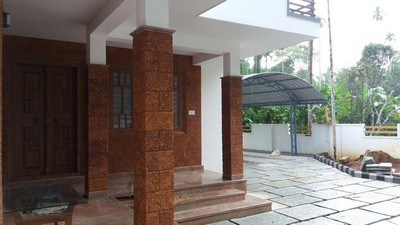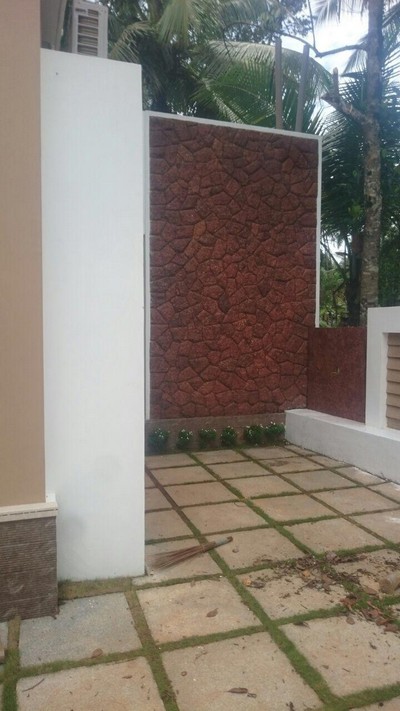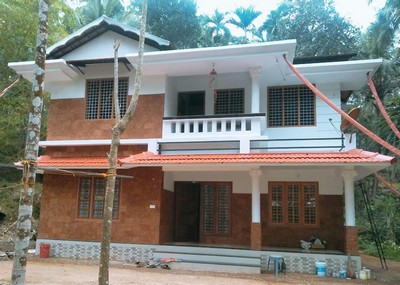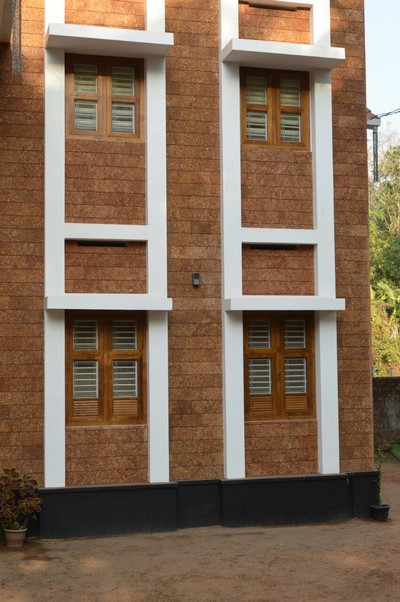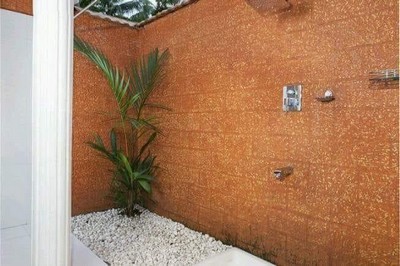Step into a world where walls come to life with the artistry of premium wall cladding in Bangalore. Our collection of stone cladding solutions transforms mundane spaces into captivating works of art. Whether you seek the rustic charm of natural stone, the sleek elegance of modern panels, or the timeless beauty of wooden finishes, our designs cater to every aesthetic and architectural style.
Imagine your living room adorned with the rugged textures of stone cladding, creating a cozy yet sophisticated ambiance. Picture your office space elevated by contemporary cladding that exudes professionalism and style. Each piece in our collection is crafted with meticulous attention to detail, ensuring not just visual appeal, but also durability and functionality.
Our stone cladding in Bangalore are more than just decorative elements—they are expressions of personality and taste. They tell a story, adding depth and character to every corner they grace. Let your walls speak volumes with our exquisite range of wall cladding options, each designed to make a statement.
Discover the timeless beauty and natural appeal of laterite cladding in Bangalore. Renowned for its unique textures and warm, earthy tones, laterite stone cladding offers a distinct aesthetic that effortlessly blends rustic charm with modern elegance.
Perfect for both exterior and interior applications, laterite cladding transforms ordinary walls into striking features that captivate and inspire. Whether you’re looking to add character to your home, office, or commercial space, our laterite cladding solutions provide durability, sustainability, and a sophisticated finish.
